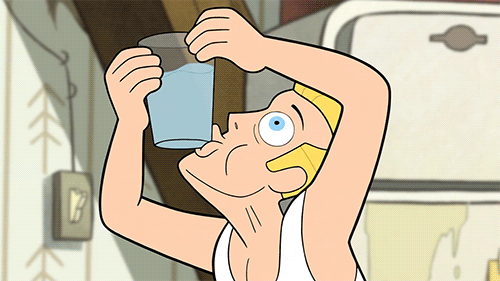Moving into a new building is largely about making it work for the people that inhabit it. You get the desks set up, the internet going and the coffee machine churning and you start to feel a little smug. That is, until you watch people make their way through the “wrong” door in the building, thus missing all your hilarious-pun-laden wayfinding before being spat out confused in the middle of the first floor workspace. Siiiiigh.

“As a software developer, this is how we view ALL end users” via imgur
User experience is a tricky beast. Balancing the outcomes a business needs with the desires of the user is hard. Not to mention it is a bit of a thankless job, pulled apart when it’s terrible and rarely noticed when it’s good. Today innovative ideas around user experience are as as likely to be based around real world activations as it is to be around a digital product. User experience designers do not simply question the user flow of an app, but the process of the apps purchase and the ‘why’ of its use in the real world.
“Companies can no longer simply push products onto consumers; they have to sell products that consumers can relate to and that enhance their lifestyles.” – Theo De Monchy – Previously Unavailable (from an article for Idealog)
4 insights for user experience design
Create a consistent language for real world activations and digital user experiences
I say this knowing that this has to be within reason. But you need all visions of your product to speak the same language. If your brand is known to be colloquial and engaging, irreverent and natural, so should your digital product. If your digital product is known to be simple and elegant, your trade expo stall should reflect that.
Learn from the outside
Look outside of your specific industry for insights that can help frame a new way of doing things. Your industry is likely to be facing all the same problems as you and reaching the same (terrible) solutions.
Create a pro-experiment environment
My wayfinding failed, but it was also just brown paper and stuck on with blue tac. Which meant that when it failed, it was a case of simply swallowing of my pride and writing a new sign. Having a culture that provides room for experimentation and removes the ‘make it perfect’ mindset means failures can be iterated upon without excessive costly builds.
Test often, assume nothing
Not only important to keep a hold of during the experimentation phase, but also ongoing. With marketing changes, your new audience may use your product in unexpected and terrifying ways. Continue testing even when you feel you have it sorted.
Anya wrangles Brand & Communications for GridAKL, you can follow her on twitter here.
